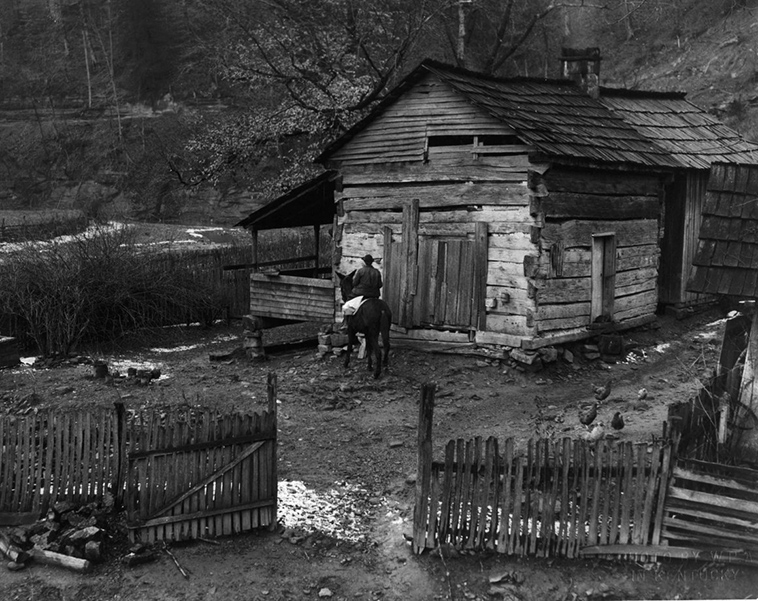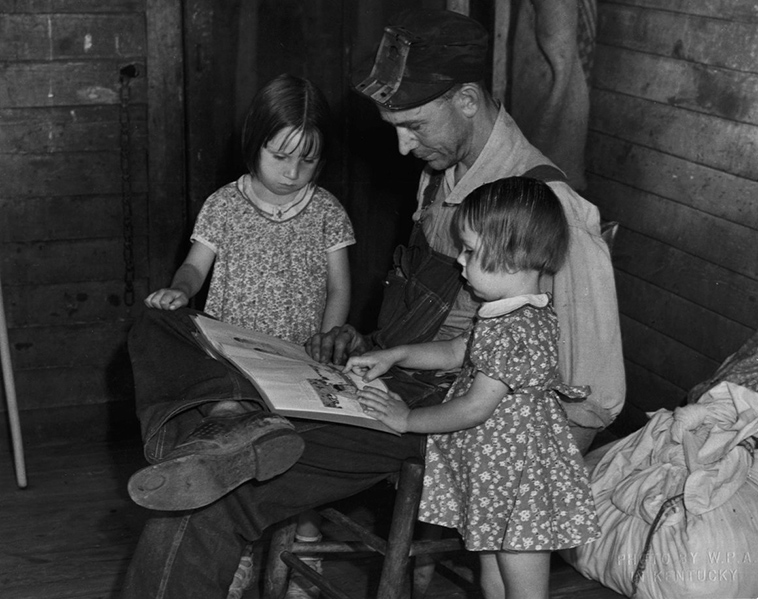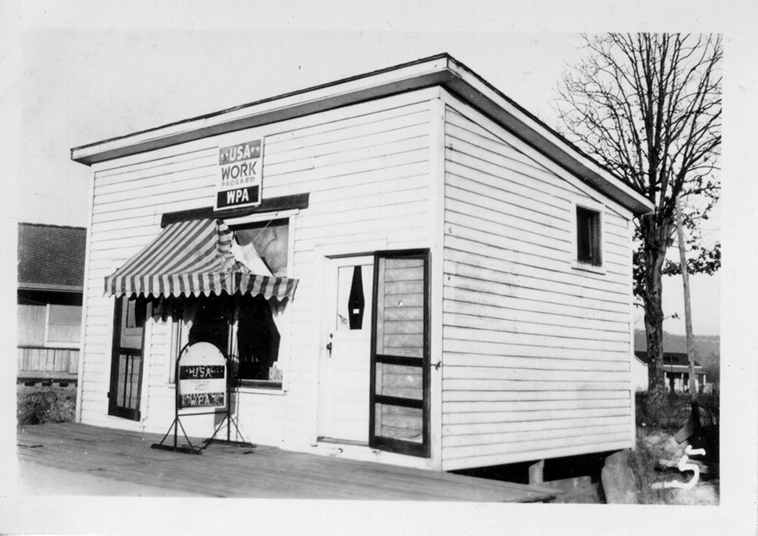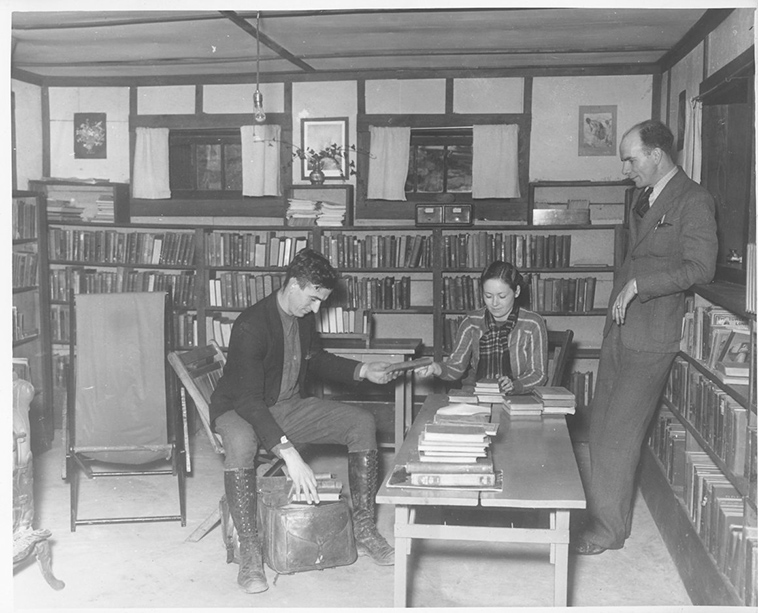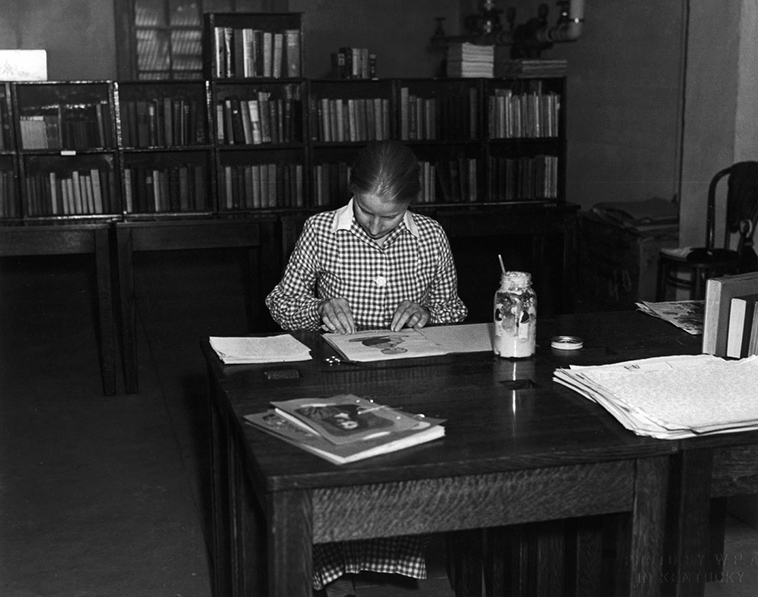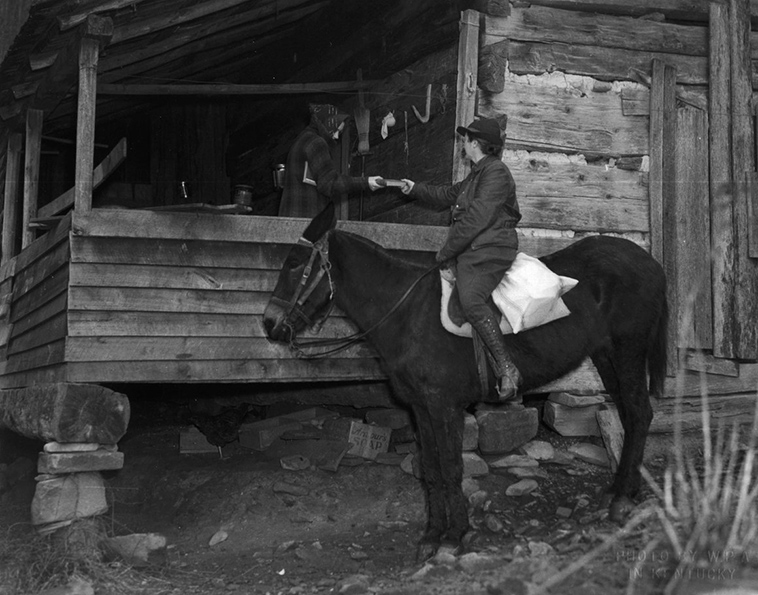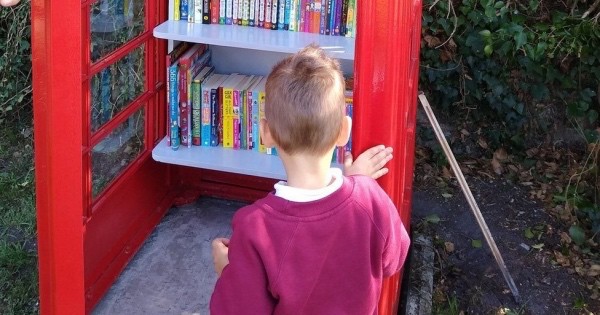You may know a badass librarian of two, a school librarian who was a stickler for the rules, or a community librarian who would go above and beyond for her library-goers. Have you ever met a librarian who would traverse snowy mountains to provide books and other reading materials for her people?
If your community was cut off from the rest of the country, how would you access your new and favourite books?
Back in the 1930s, after the Great Depression, there was a lack of funds for public services such as libraries. In around May 1936 the American Library Association estimated that over a third of all Americans had no real access to public libraries.
The Pack Horse Library Project was started in 1935 to help tackle this problem in the area of the Appalachian Mountains. This area of Kentucky, USA was particularly inaccessible back then, with over 30% of the rural community there being illiterate. The poorer communities realised that literacy was one way out of poverty so they banded together to donate books, and facilities to store books.

At the head of the Pack Horse Library Project was Ellen Woodward, assistant administrator for Works Progress Administration (WPA). The WPA hired the horse-riding librarians for around $28 a month, paying only for the salaries- all books were donated by the communities.
Each pack horse library had its own head librarian who would deal with the donated books and make sure they were in good enough condition to be read, and fixed them up if they weren’t. Schools, homes, shops, and disused libraries were used as stores for the books, and all books were regularly rotated so each pack horse route had a new set of books each time.
Most of the pack horse librarians were women, and many of them were the sole-earners in their families. Their jobs were not easy ones and many had to endure real physical hardship for the sake of literacy. Each rider would either buy or lease a horse or mule from a local farmer, much of the time only being able to buy what was on offer. Some women had old or near-lame mules who were only fit enough to carry the books- not the rider- so the journey would have to be completed on foot.
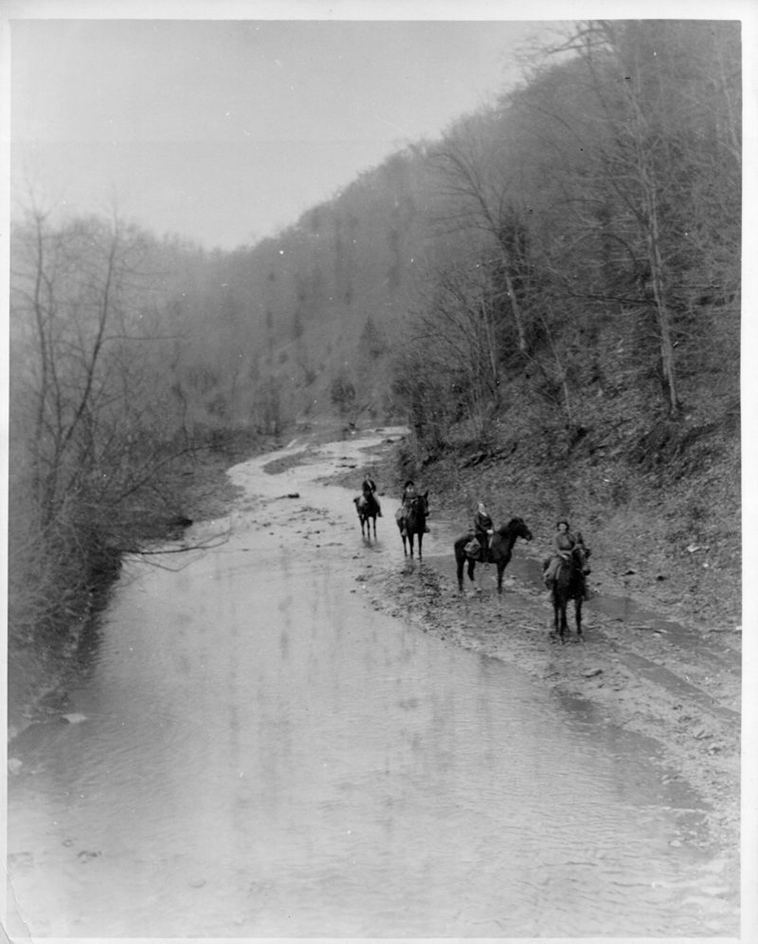
Fondly called The Book Women, these brave women would traverse cliffs, frozen rivers, and snowy mountains to get the books to their rightful place. One librarian had to hike eighteen miles with the bag of 100 books after her own mule died on the journey. Over the course of a month, The Book Women would ride and walk an average of 4,905 miles. Around 30 different pack horse libraries served over 100,000 people in the mountainous areas. By 1937 the libraries served around 155 schools within these counties.
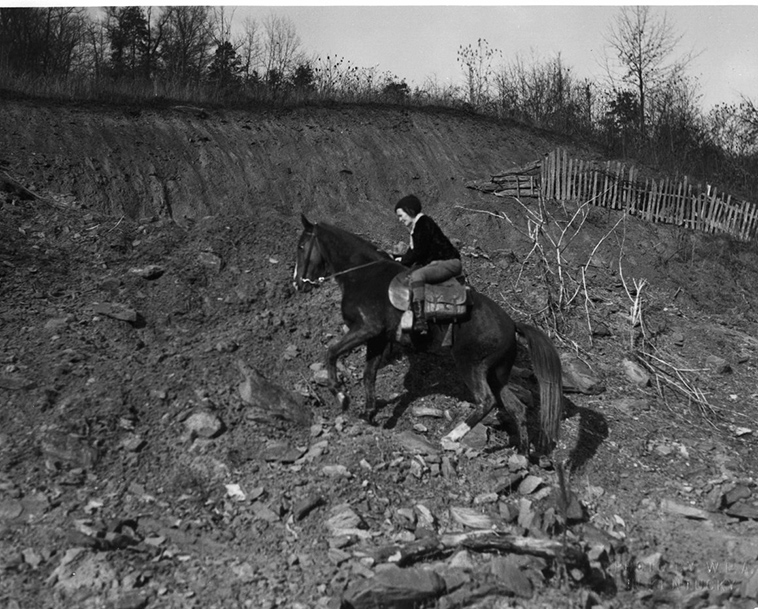
The most popular books were Mark Twain novels, children’s stories, biographies, and illustrated health or crafting magazines. The demand for books was so high that one young man walked a full eight miles to his nearest pack horse library facility to get new reading materials.
The Pack Horse Library Project did not only provide books but also gave communities reading lessons. The Book Women would often read aloud to families, or groups in the community, and were seen as educators and teachers as well as librarians.
The project unfortunately ended in 1943 when the funding from the WPA stopped. Local communities attempted to keep the libraries going for as long as possible but it was increasingly difficult with a lack of funding. It wasn’t until the next decade that these rural communities would have access to bookmobiles.
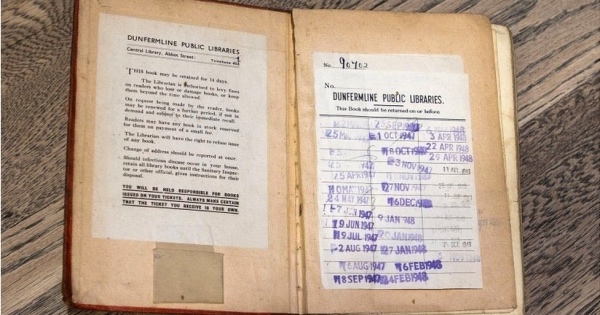
Book Returned to Scottish Library 73 Years Late

Librarian discovers cash inside book returned 53 years late

A virtual library has opened for children in England

Drag Queens Protest a Bill that Would Outlaw Story Time


